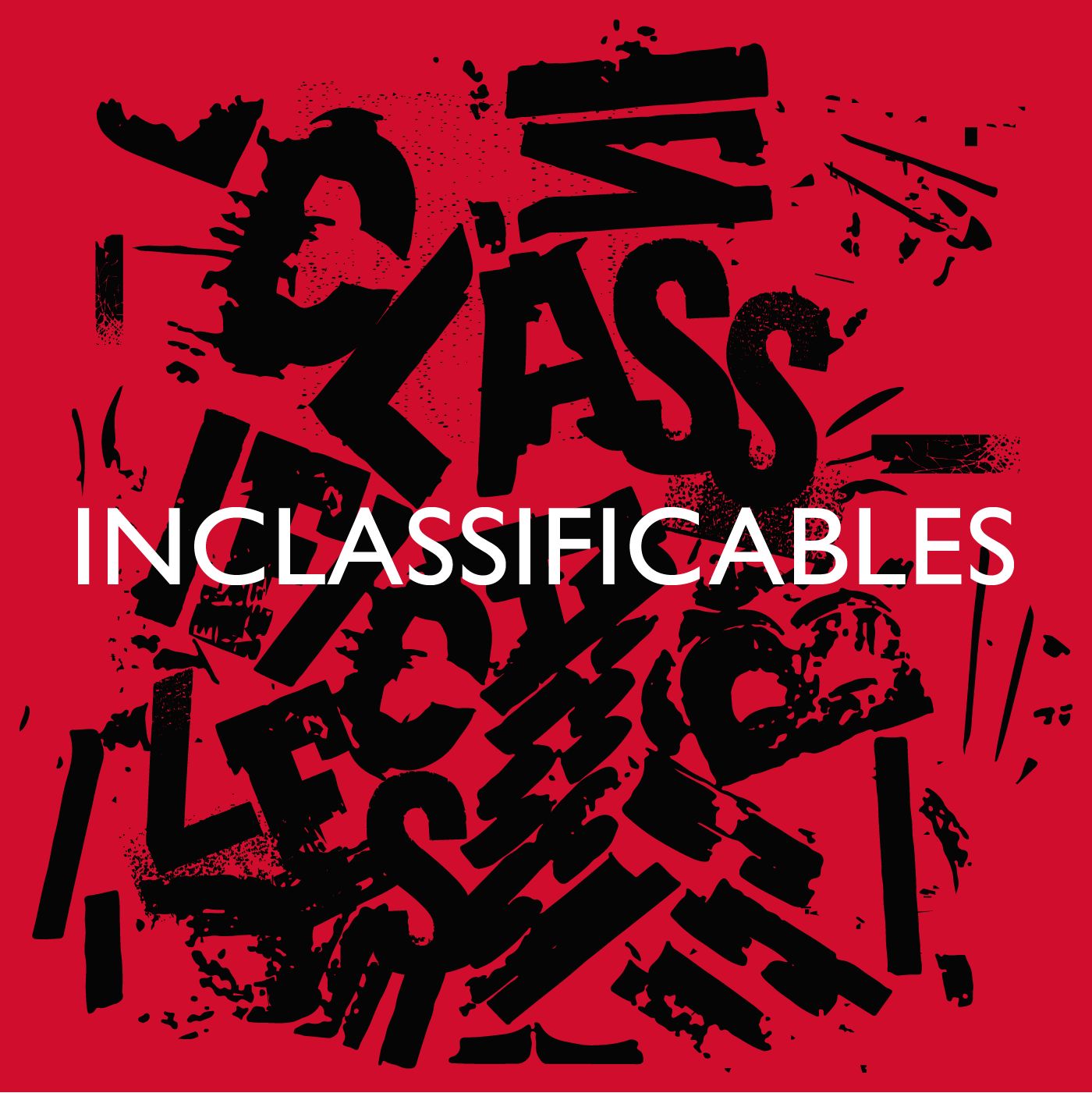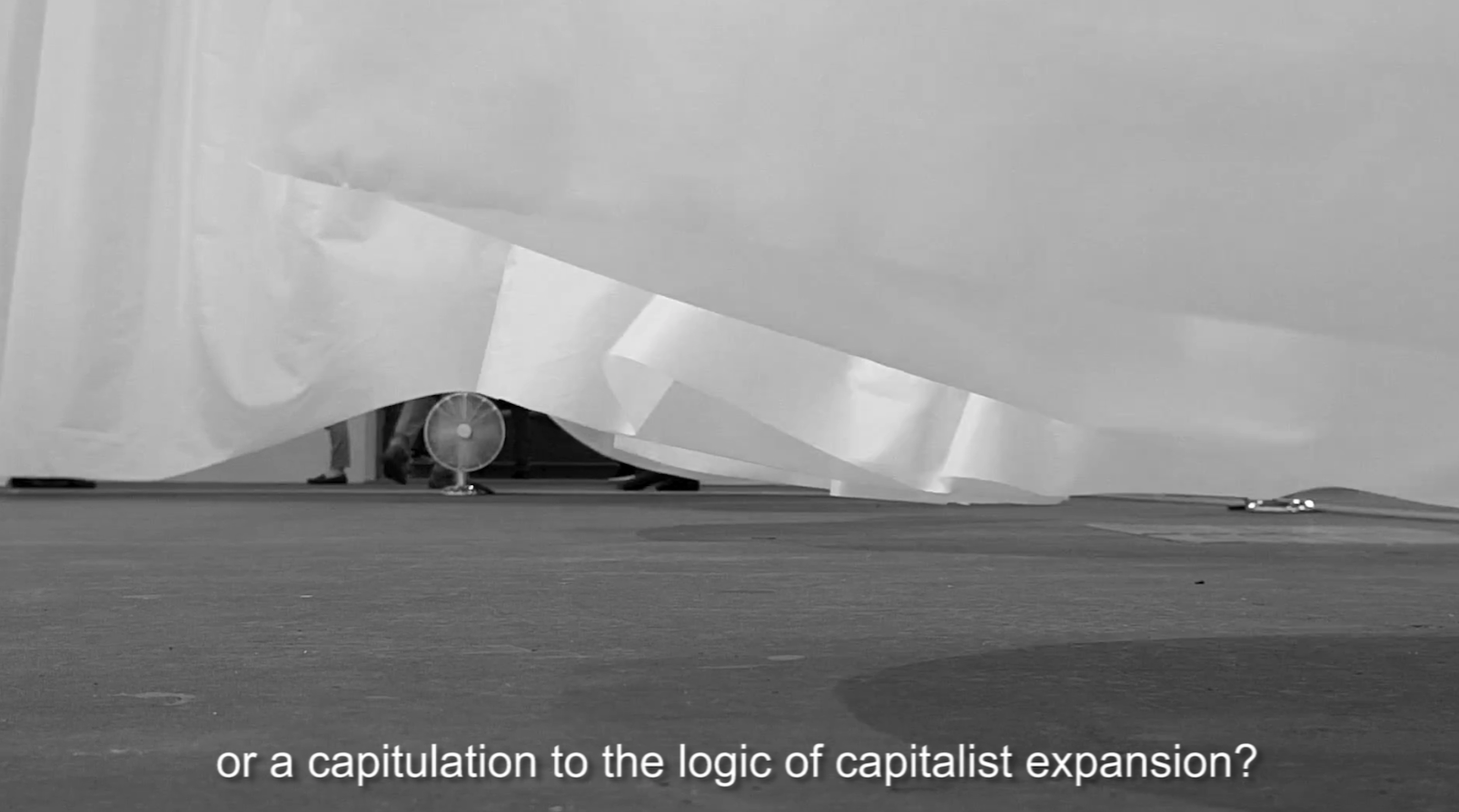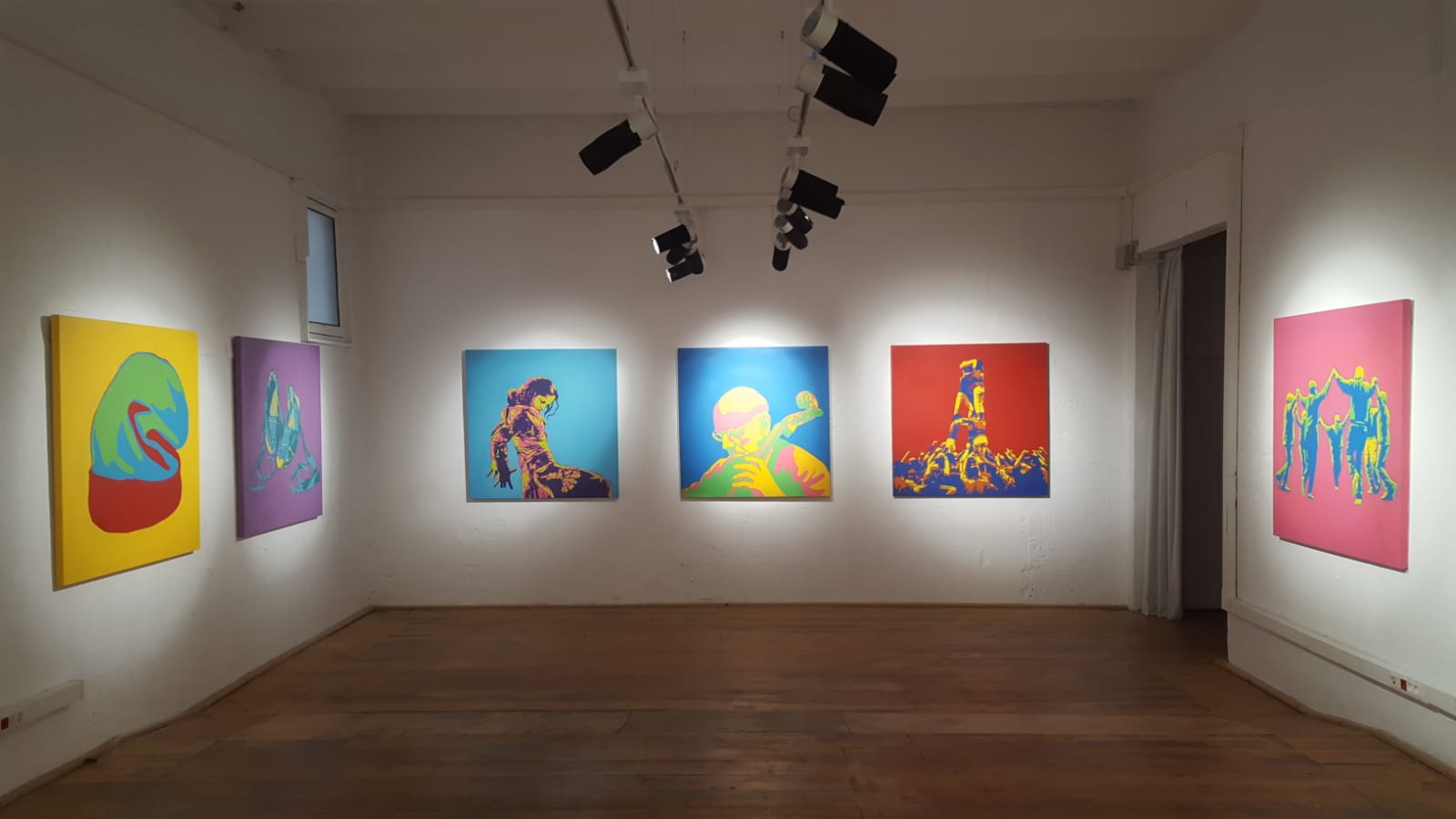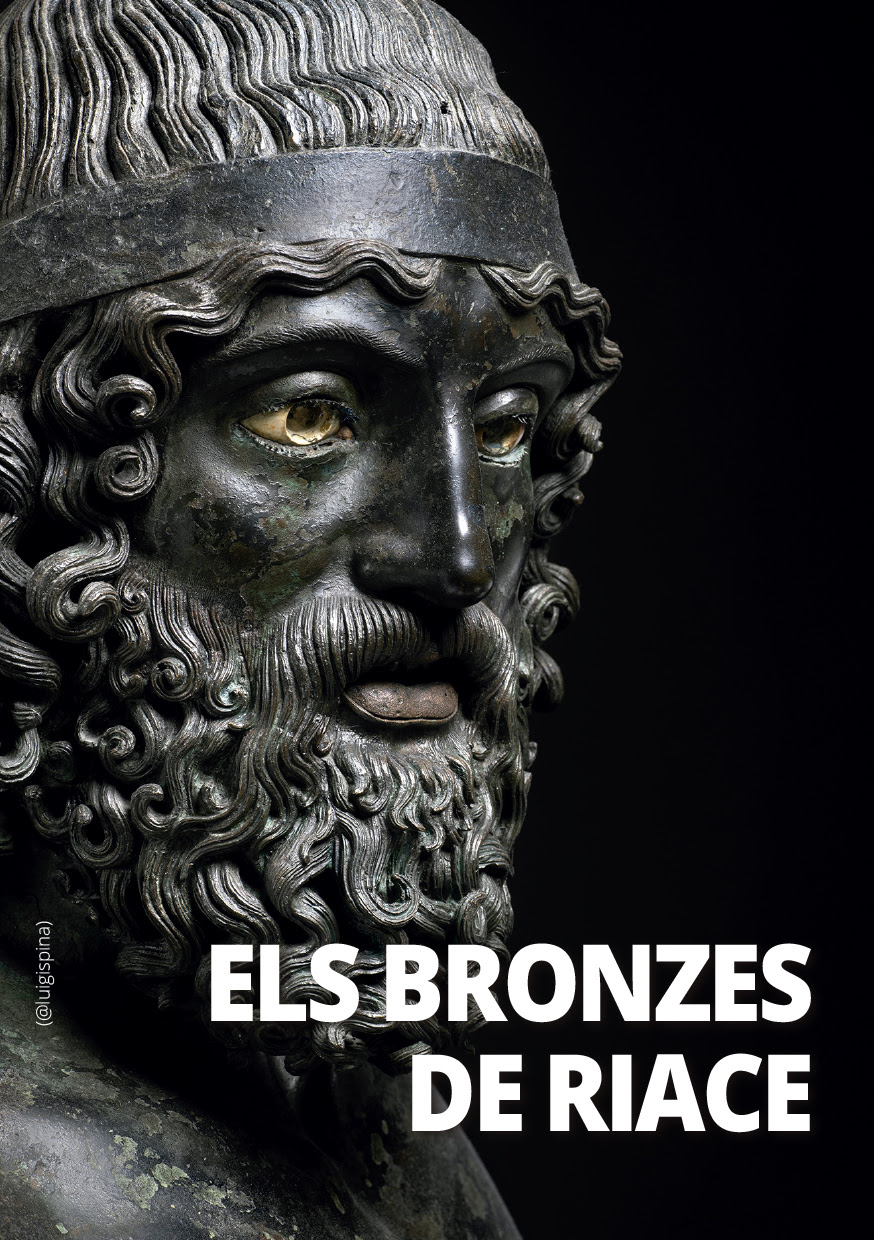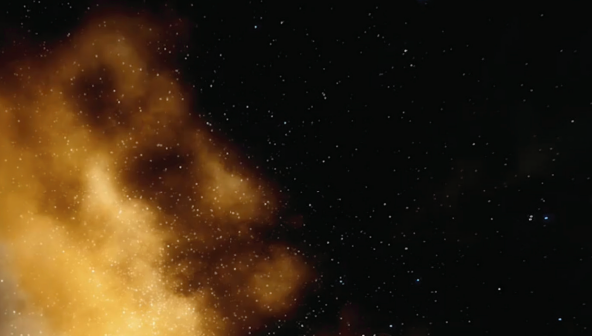Exhibitions
The Iluro Foundation inaugurates "Agustí Centelles (1909-1985). Photojournalist"
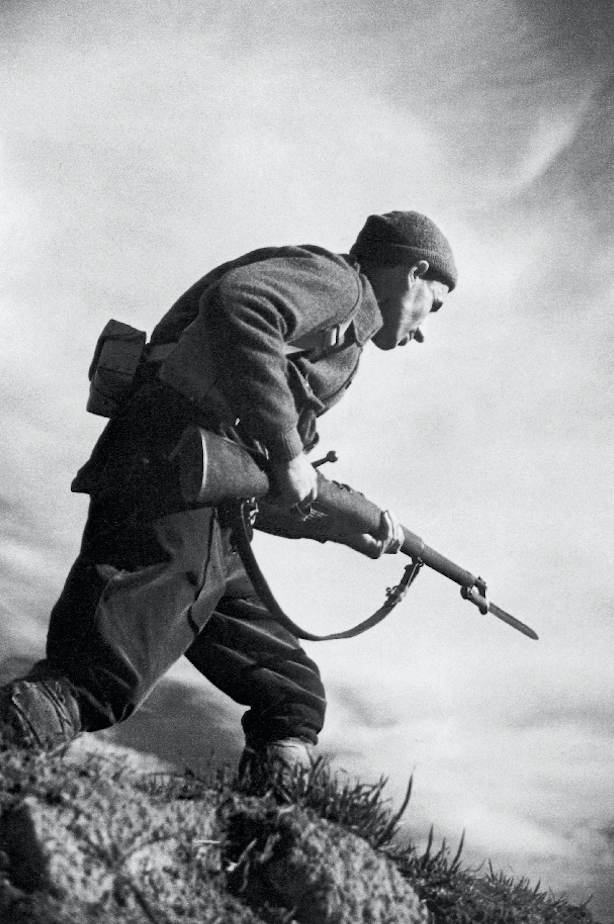
The Iluro Foundation opens on June 22 at 7 p.m. the Agustí Centelles (1909-1985) exhibition. Photojournalist at the Ateneo Cultural Center (1909-1985). The exhibition can be visited until August 27.
Agustí Centelles' work is increasingly valued, both nationally and internationally. The long professional career of this photographer focuses on the years of the Republic and those of the Civil War. It is necessary, however, not to circumscribe Centelles' work to those poignant and striking images that are already part of the history of universal photography and which are the ones that have given him the most notoriety.
This exhibition is an essential summary of the work of this great Catalan photographer. In addition to his well-known images of the war conflict of 1936-1939, there are other, less well-known photographs that refer to everyday life, the diverse event, the portrait... everything that at the time made up the universe visual by Agustí Centelles.
Agustí Centelles was the modernizer of photojournalism in Catalonia during the 1930s. He took advantage of the technological advances of the time to revolutionize the way his contemporaries photographed. According to his words, he was "the first graphic reporter to make politics from photography". Centelles covered the events of the Spanish Civil War from the beginning, touring the sites of the conflict with a Leica camera that would allow him to record emblematic images of a crucial moment in Spain's history.
After some years dedicated to photojournalism, Centelles began working as a graphic war correspondent the day after the outbreak of the Civil War, on July 19, 1936, at the service of various media and institutions such as the Commissariat of Propaganda of the Generalitat de Catalunya. From this place he covered, from the point of view of the republican side, the events on the Aragon front and the bombings on the civilian population in Lleida, which took place in 1937.
Centelles' photographs show how the Spanish war received unprecedented media coverage, preceding the documentary outbreak of the Second World War. In his work, the author stood both alongside the soldiers on the front and alongside the civilian population, thus creating images of patent immediacy and visual impact in an attempt to achieve a photographic objectivity which, nevertheless, politics returned for the very content and involvement of the photographer in each image.




